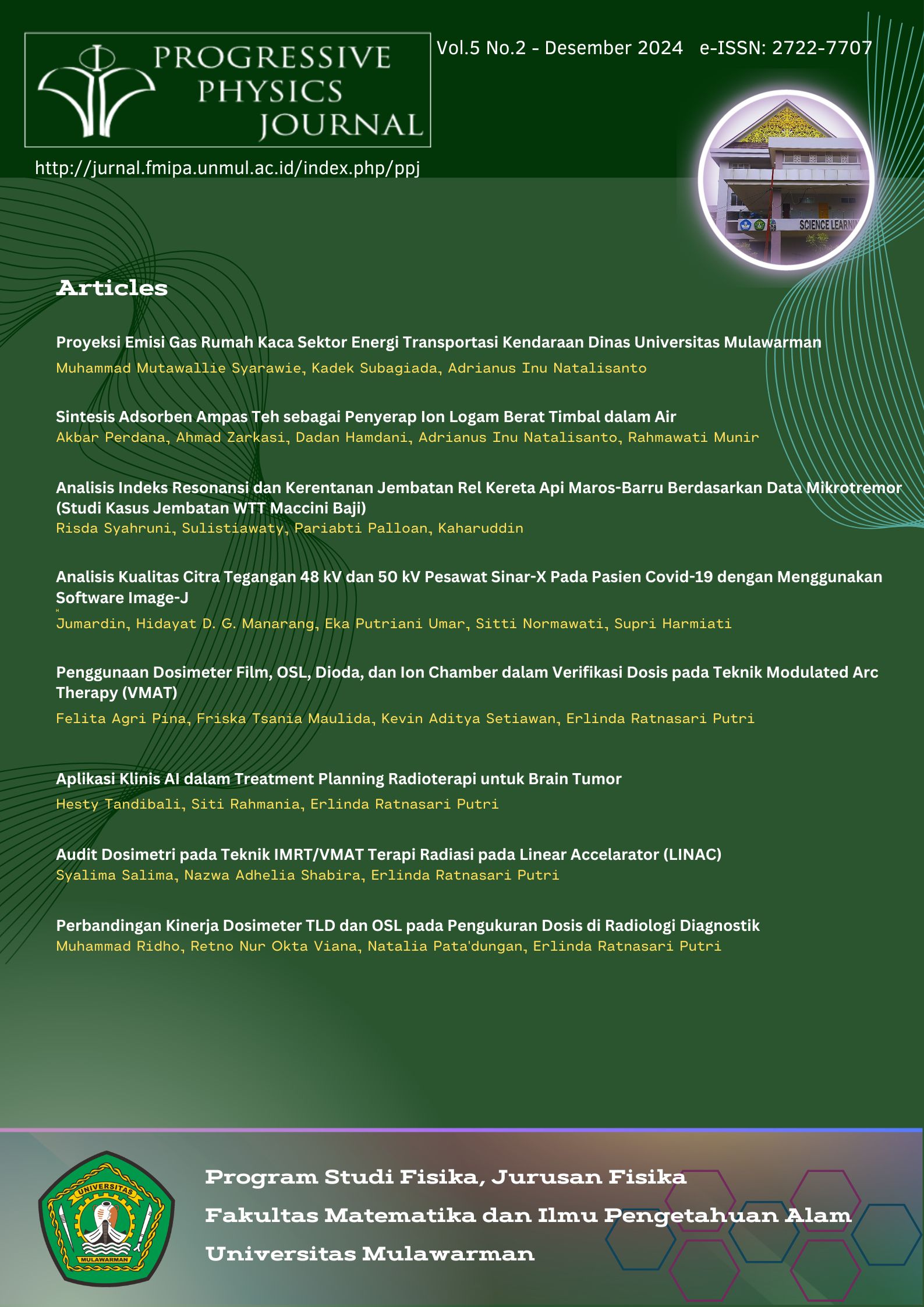Sintesis Adsorben Ampas Teh sebagai Penyerap Ion Logam Berat Timbal dalam Air
DOI:
https://doi.org/10.30872/ppj.v5i2.1026Keywords:
Adsorben, Adsorpsi, Ampas Teh, Pencemaran Air, TimbalAbstract
Heavy metal pollution is still a serious problem today. One method that can be used to remove heavy metal content from water is the adsorption method. In the adsorption method, the choice of adsorbent is very important to optimize the adsorption process. One of the materials that can be used as an adsorbent is tea waste. Tea waste contains cellulose, which can be used to bind heavy metal ions. This research was conducted to synthesize adsorbents using tea waste and then test their ability to adsorb lead ions. The adsorbent synthesis process is divided into several stages, namely washing, drying, refining, soaking in HCl solution, and drying again. The results of the adsorption tests conducted found that the tea waste adsorbent could remove 99% of the lead metal ion content in the water. The conclusion from these results is that the synthesis process has succeeded in making tea waste adsorbent that can adsorb lead ions in water.







